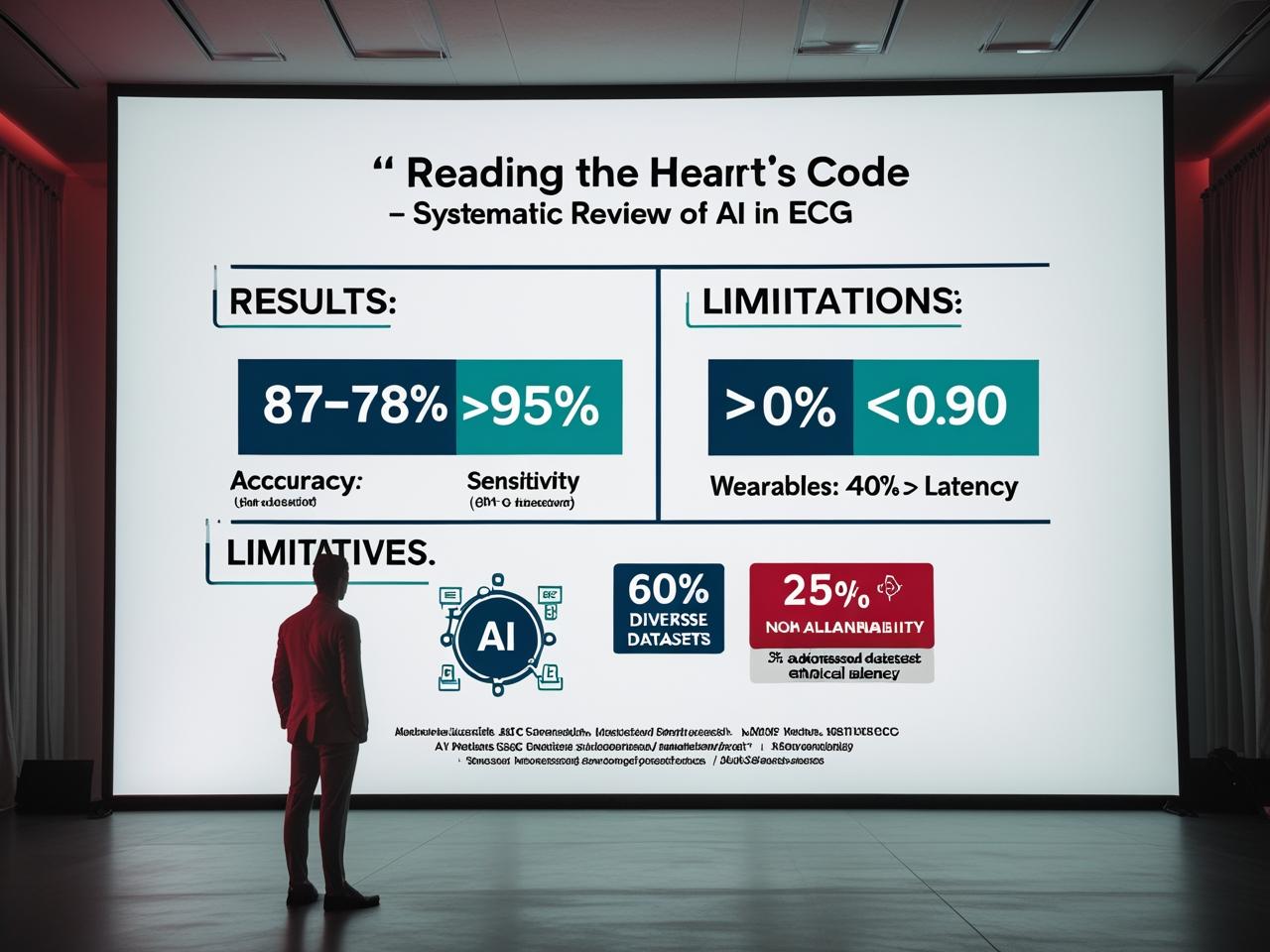Reading the Heart's Code: A Systematic Review of Artificial Intelligence in Electrocardiography, from Diagnostic Models to Ethical Challenges
Abdulwahhab M Al-shaikhli¹, Ahmed-lamin Gehani², Ruaa Alsanad³, Safia M Abdi⁴, Siham M Abdi⁵, Asim Ahmed⁶
Keywords:
Artificial intelligence, Electrocardiogram, Deep learning, Arrhythmia detection, Diagnostic accuracyAbstract
Corresponding Author : Ahmed-Lamin Gehani
Background: Artificial intelligence (AI) is transforming electrocardiogram (ECG) interpretation through high-speed, high-accuracy automation, particularly in diagnosing arrhythmias and myocardial infarction. With cardiovascular disease remaining the leading cause of mortality worldwide (responsible for ~17.9 million deaths annually), rapid and precise ECG analysis is critical.
Objective: This systematic review evaluates current applications of AI in ECG analysis, focusing on model types, diagnostic performance, dataset quality, clinical integration, and ethical considerations.
Methods: Following PRISMA 2020 guidelines, a systematic search of PubMed, Scopus, Web of Science, and IEEE Xplore was conducted. A total of 679 records were identified; after screening and eligibility assessment, 20 studies were included. These encompassed 3 experimental studies, 3 simulation-based studies, 3 systematic reviews, and 11 narrative reviews. Deep learning models – especially convolutional and recurrent neural networks – accounted for over 70% of the algorithms applied across studies.
Results: AI-enhanced ECG systems achieved impressive diagnostic accuracies between 87% and 98%, with sensitivity rates up to 95% and area-under-curve (AUC) values frequently above 0.90. Ensemble machine learning methods (e.g., XGBoost) yielded F1-scores >0.92 for classifying cardiac conditions. Real-time AI-embedded wearable devices demonstrated a >40% reduction in diagnostic latency for arrhythmia detection in clinical settings. However, 60% of studies utilized non-diverse training datasets, limiting model generalizability, and only about 25% of the studies addressed model explainability through tools like SHAP or LIME.
Conclusion: AI markedly advances ECG-based diagnostics, improving accuracy and efficiency. Yet, challenges remain regarding model transparency, ethical deployment, and demographic representativeness of training data. Future efforts must emphasize more inclusive datasets, interpretable and clinically validated models, and rigorous ethical frameworks to support safe integration of AI-ECG systems in diverse real-world healthcare settings.
Downloads





